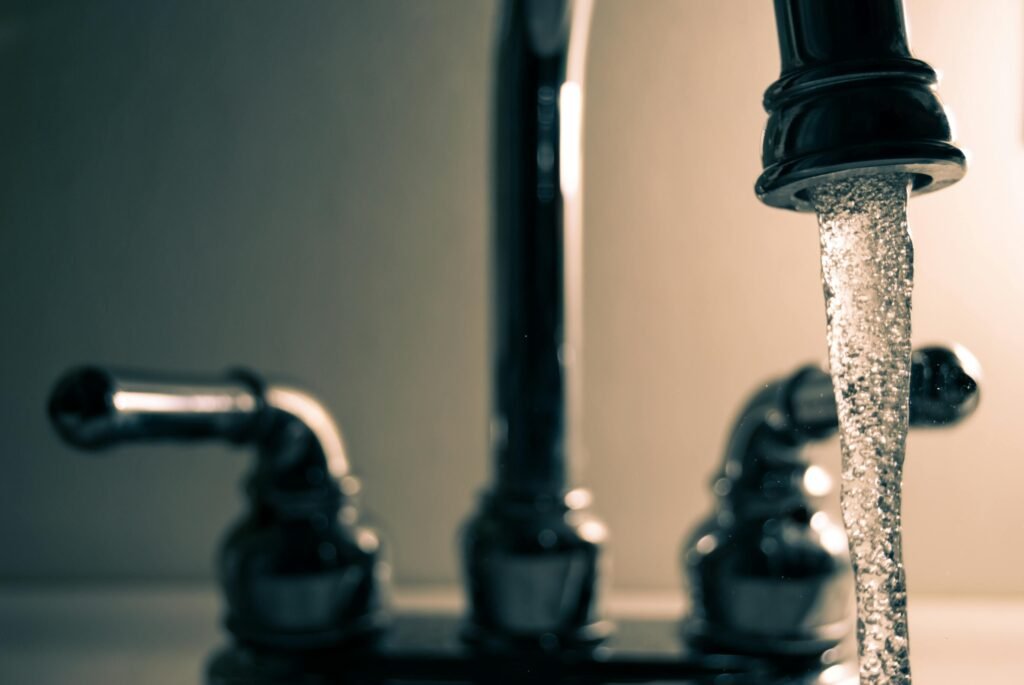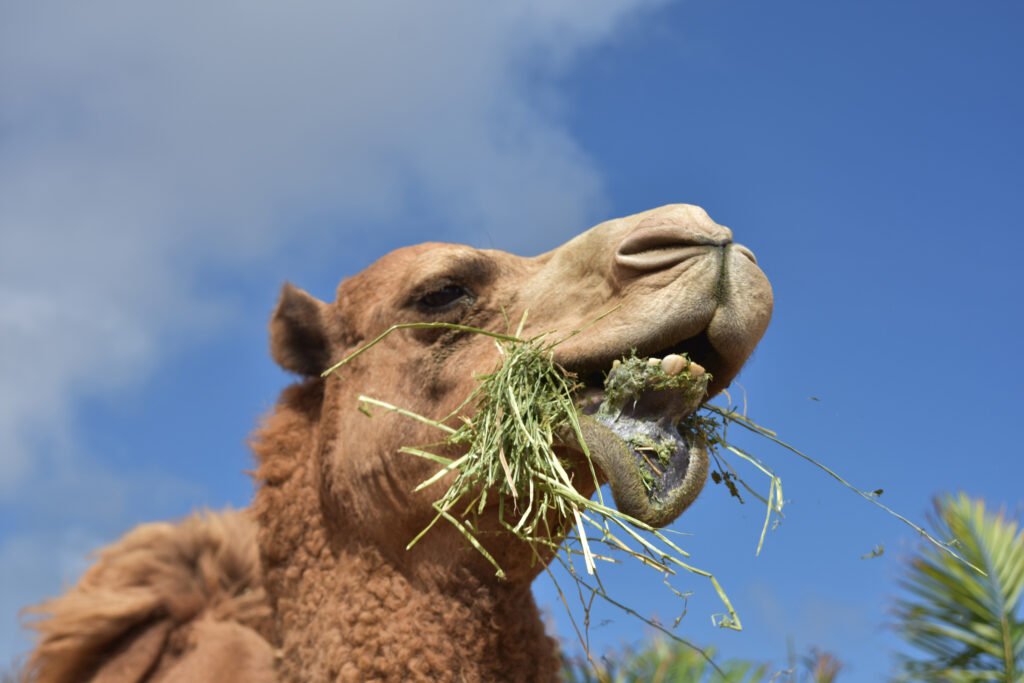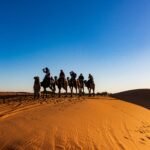Table of Contents
The Sahara Desert, with its burning 80°C ground temperatures in summer and chilling -10°C in winter, is a place that is known for cruel limits. In spite of these circumstances, life gets by as well as flourish. The exceptional transformations of desert natural life permit them to endure extreme intensity, cold, and scant water supplies. Through an excursion into the “Biosahara Examination,” we reveal the mysteries of how animals have developed to live in this difficult climate, offering experiences that can rouse even human voyagers on the most proficient method to monitor water and make due under outrageous circumstances.
The Sahara: An Oven and a Refrigerator
The Sahara can be an oven under the sun’s constant intensity, arriving at ground temperatures of 80°C, and a refrigerator during freezing desert evenings, plunging to -10°C. These limits cause endurance to appear to be unthinkable, yet life keeps on tracking down a way. During a new endeavor, the tales and experiences of Houcine El Kharassi, shared around a pit fire, disentangled the secret of how creatures figure out how to make due and even flourish in this prohibiting scene.
The Key to Endurance: How Desert Creatures Preserve Water

Perhaps of the most squeezing questions about existence in the desert is the manner by which animals find and moderate water. Shockingly, many desert herbivores like camels, jackasses, and gazelles seldom need to drink. Indeed, even in bone-dry circumstances, they have developed noteworthy components to monitor and augment their water consumption.
Dry plants, which make up a huge piece of their eating regimen, contain up to half water. In the interim, creatures themselves have high water content, some of the time up to 65%. Carnivores like the fennec fox have fostered the capacity to acquire the greater part of their dampness from their prey, permitting them to go significant stretches without drinking.
The Camel: Expert of Water Preservation

The camel, frequently alluded to as the “boat of the desert,” embodies outrageous water-saving measures. Known for their capacity to make due as long as 17 days without water at temperatures surpassing 50°C, camels have developed to store fat in their mounds, which fills in as a supply for both energy and water during seasons of shortage.
In addition, their thick fur isn’t only for security against the chilly evenings; it likewise decreases water misfortune by limiting how much intensity that arrives at their skin. For desert tenants, this is an example of how to preserve water. Human voyagers to the Sahara would do well to gain from camels by wearing free, long attire to limit water misfortune and safeguard against the sun, rather than settling on shorts and shirts that open the skin to parchedness and sunstroke.
The Spiked Followed Reptile: A Desert Survivor

Among reptiles, the spiked-followed reptile stands apart as an entrancing illustration of transformation. Not at all like most reptiles, this reptile is herbivorous, which assists it with flourishing even in parched conditions where water is scarce. However, not simply plant utilization makes all the difference for this animal. This reptile has an underground passage, a shelter it retreats to during the most sultry pieces of the day.
Its skin variety changes over the course of the day as a variation to temperature control. In the first part of the day, following a cool evening, the reptile’s skin is dim, permitting it to rapidly retain heat. As the day advances and temperatures increase, the reptile’s skin eases up to a yellowish-red, reflecting more daylight to abstain from overheating. This variety change is constrained by color cells, permitting the reptile to actually control its internal heat level.
Adjusting to Water Shortage: Fat as a Water Source
The sharp-followed reptile likewise has a one-of-a-kind technique for remaining hydrated: fat capacity. During great years when food is ample, the reptile stores fat, which it can later change over into water and energy when assets become scant. This transformation permits it to get through significant stretches without direct admission to water. Also, the reptile’s underground passages assist it with taking advantage of one more secret water source: mugginess.
Its skin can retain water from the sodden air inside the profundities of its tunnel through specific pores. The ingested dampness is then diverted through an organization of minuscule waterways, driving straightforwardly to its mouth, where it very well may be polished off drop by drop. This brilliant framework guarantees the reptile stays hydrated in any event, when no fluid water is free on a superficial level.
Experience with a Still, small voice
The Sahara is a place that is known for excellence, secret, and strength. From the astute water-saving methodologies of the camel to the variety-changing skin of the spiked followed reptile, nature’s inventiveness exceeds all logical limitations. Every variation recounts an account of endurance despite everything, a demonstration of life’s relentlessness. For those wanting to wander into this huge and unforgiving climate, taking motivation from the desert’s own occupants can make the experience more practical as well as genuinely advancing.
Whether you are an explorer looking for experience or a researcher inquisitive about nature’s versatility, the Moroccan Sahara guarantees an excursion of revelation. Simply recollect, in the immense ocean of sand, each drop of water counts, and each little activity toward manageability has a huge effect.



